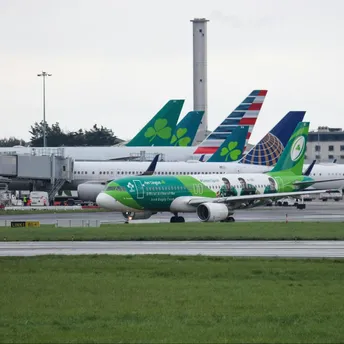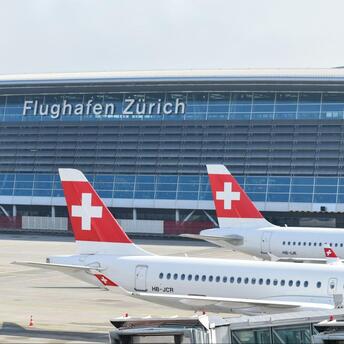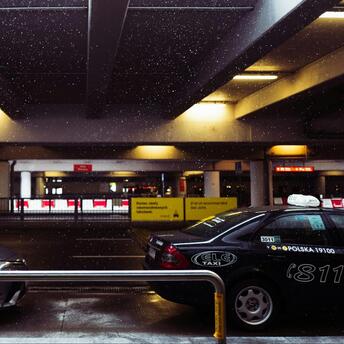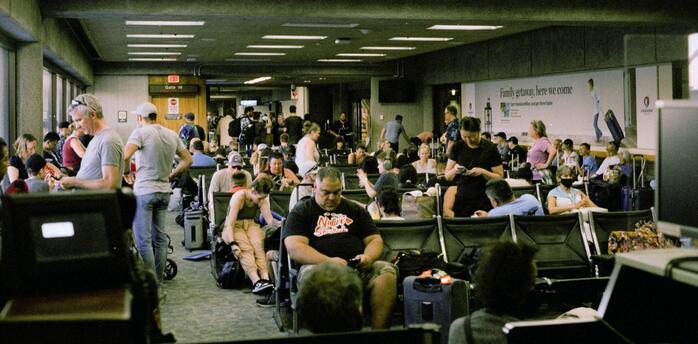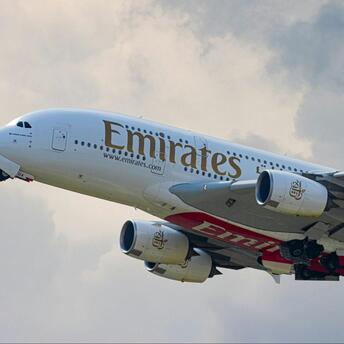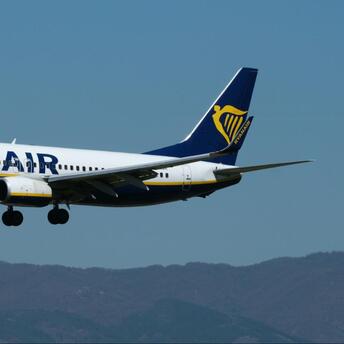London's Misunderstood Residents: A Look at the City’s Most Controversial Bird
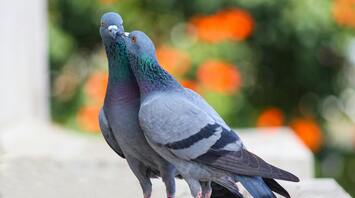
In the heart of London resides a modest creature that evokes mixed emotions — the pigeon. For some, it’s an integral part of city life, underappreciated and overlooked, while for others, it’s merely a nuisance. And as tourists and locals move through the streets of London, one question remains — are pigeons truly the city’s most misunderstood residents?
On the streets of Covent Garden or right in the middle of Trafalgar Square, pigeons are always nearby. These urban birds are often nicknamed "flying rats" and are known for their dirty and intrusive image, with many comparing their behavior to more aggressive birds like seagulls. However, unlike seagulls, pigeons are generally content with crumbs, without snatching food directly from tourists’ hands as frequently happens on the coast.
For many Londoners, as well as a significant number of tourists, pigeons possess a unique charm and serve as a reminder of the city’s distinct ecosystem. After all, pigeons have been part of the urban landscape for centuries. Without them, the streets and parks of the capital would feel empty, stripped of their familiar city character.
Life in London is far from easy for pigeons. Beneath their gray feathers and sometimes scruffy appearance lies a story of survival. Many pigeons bear the marks of city life — missing toes, bald spots, or small injuries. Yet, despite it all, they continue to move from park benches to bustling sidewalks, adapting to whatever the metropolis throws at them. These birds, in some ways, embody the spirit of London itself: resilient, unrefined, but captivating.
An Important Role in London’s Ecosystem
Many might be surprised, but pigeons play a small yet significant role in the urban ecosystem. By consuming leftover food, they help keep the streets cleaner, preventing waste buildup. Their presence also supports London’s predatory birds, such as falcons, adding a natural balance to the city’s environment. Some tourists and bird enthusiasts even admire their contribution, believing that pigeons deserve more respect than they’re typically given.
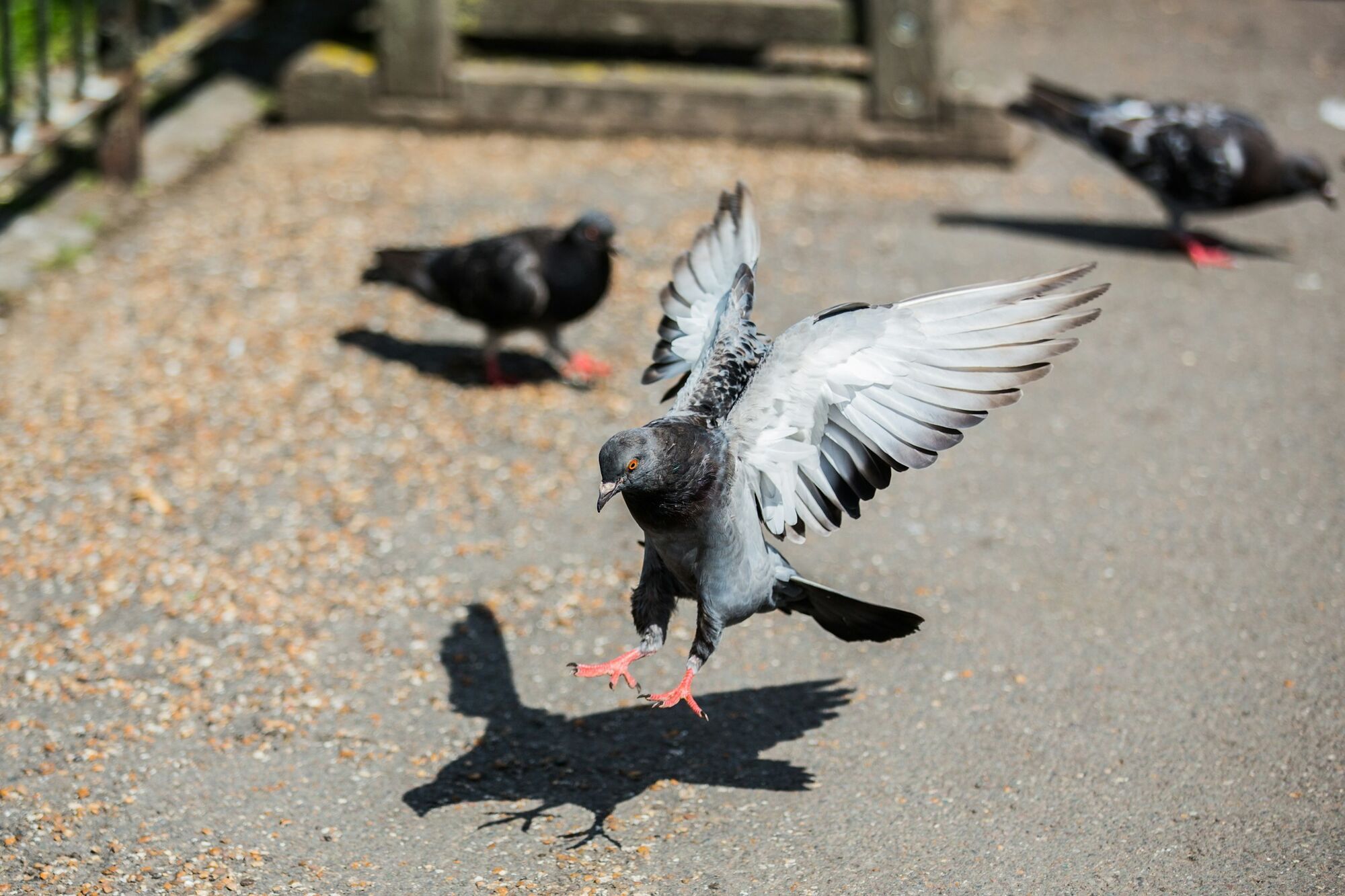
For travelers exploring London, embracing the local wildlife, including pigeons, allows for a deeper connection with the city’s atmosphere. Every encounter — from a lone pigeon at your feet to flocks at iconic landmarks — serves as a reminder of the city’s vibrant urban life that extends far beyond just its human inhabitants.
So, Are Pigeons Misunderstood?
In the end, whether loved or despised, pigeons are undoubtedly part of London’s identity. Some people avoid them, others fear the noise of their wings, but pigeons continue to fly, walk, and scavenge, as they always have. And for those willing to see them differently, pigeons reveal a tale of survival and adaptation — a story as unique to London as its iconic red buses or historic buildings.
Next time you find yourself in London, take a moment to watch these birds. They may not be as elegant as some other species, but pigeons offer a rare glimpse into the raw and lively side of London’s urban life — and perhaps, a reminder that every creature, however misunderstood, has its place in the world.



